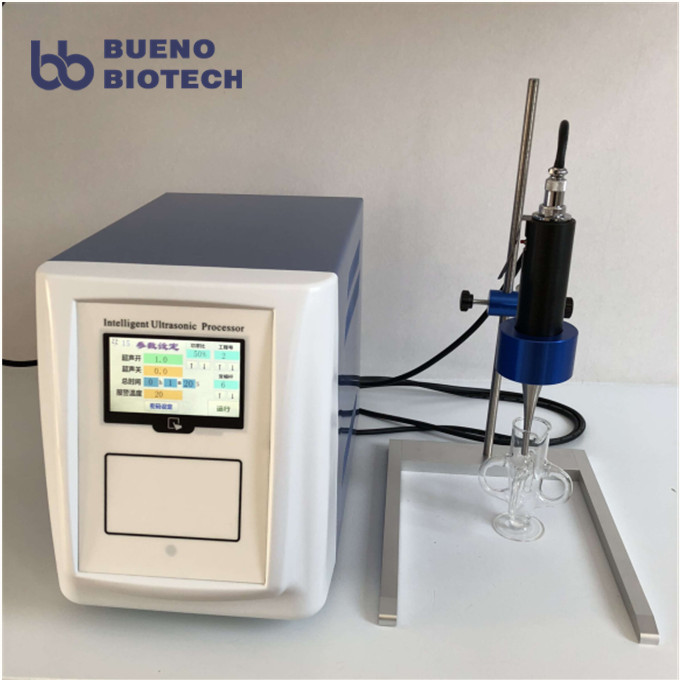Instead of chopping up samples with mechanical blades, more or less like a food processor, an ultrasonic liquid processor uses a piezoelectric transducer to convert electrical energy to mechanical vibrations that a probe amplifies into pressure waves in the sample. This process creates cavities—bubbles—in the sample, and then cavitation—the bubbles imploding—shears the sample. This seemingly violent process can be controlled to process samples of various sorts.
What lab managers should look for when "the most important thing is that they buy the right units and probe sizes to match their application and sample size, for which they should consult the manufacturer." As our manager said, "using an improperly sized probe will make it difficult to process the sample effectively, which is a waste." Over time, the result is often that customers have to buy additional parts afterwards. "
We even suggests answering a set of questions before shopping:
What is your target application?
What are the typical volumes that must be processed?
What are the key factors in this process?
What are the quality standards that must be met?
If you don't know the answers to these questions, or if you don't know the best way to apply ultrasonic liquid treatment technology to your laboratory or company, our service manager can help.
When you answer the questions on the shopping list, pay attention to be higher. For example, it's better to have a device that can zoom in a little, if necessary, rather than a device that can't. Otherwise, you may be much faster than you think. Maybe I'm the only one, but I prefer the "once and for all" method, getting the right equipment for the first time, and this method can last for a long time.

BuenoBiotech---Manufacturer of ultrasonic generator (ultrasonic homogenizer) for life science and analytical science probe
Our probe ultrasonic liquid processor |ultrasonic homogenizer| probe sonicator series provides precision engineering with all the functions needed to create a complete ultrasonic destruction system. They can break down most cells, bacteria, spores or tissues. They can prepare 1/100 micron emulsion, homogenizing the "incompatible" liquid, accelerating the enzyme and chemical reaction, stimulating the activity of bacteria, dispersing the solid into the liquid and degassing liquid.
